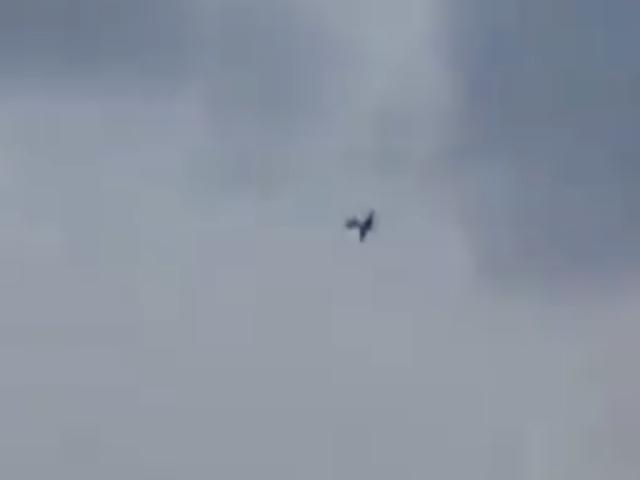As Israel commemorated a subdued Independence Day, the skies were unexpectedly illuminated—not with the festive glow of fireworks, but with the menacing flash of rockets. In a grim substitution of celebration, Hamas and Hezbollah orchestrated a lethal display of aggression, targeting Israeli civilians with a barrage of missile fire.
In the southern city of Sderot, the day was disrupted by the ominous roar of three rockets, intercepted by vigilant air defenses. The city, filled with thousands of marchers advocating for Jewish settlement in Gaza, became an unwilling theater of conflict, underlining the charged atmosphere.
Hamas terrorists fired rockets towards Sderot in southern Israel, where thousands of Israeli civilians including children are celebrating the Independence Day. pic.twitter.com/NEvACUO9dS
— Israel War Room (@IsraelWarRoom) May 14, 2024
From the north, the threat escalated as Hezbollah launched advanced anti-tank guided missiles into the Upper Galilee, showcasing their newly acquired "Jihad Mughniyeh" missiles. Named in memory of a fallen militant leader, these missiles, flaunted by Hezbollah's Al-Manar network, boast a destructive potential with warheads up to 120 kg—underscoring a chilling enhancement in Hezbollah’s arsenal.
Independence Day scene in Sderot, a town next to Gaza. Incoming rockets from Gaza. https://t.co/zIh9uIdM2X
— Jonathan Schanzer (@JSchanzer) May 14, 2024
The sirens wailed through northern communities, a stark soundtrack to a day that was meant for celebration, now marred by the specter of war. Amidst this turmoil, another Iranian-backed entity, the Yemeni Armed Forces, voiced ominous threats against Israel, declaring a protective stance over Gaza and menacing maritime safety with potential attacks on vessels bound for Israeli ports.
A few moments ago an anti-tank missile launched by Iran-backed Hezbollah terrorists hit a private home in Metula Upper Galilee — no known casualties yet.
— Marc Zell (@GOPIsrael) May 13, 2024
This escalation marks a somber chapter in Israel's Independence Day, transforming a day of national pride into a tableau of defiance and resilience against unyielded threats. As the region stands on the brink, Israel remains steadfast, surrounded by adversaries yet unwavering in its celebration of nationhood.


